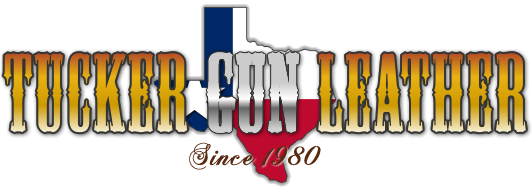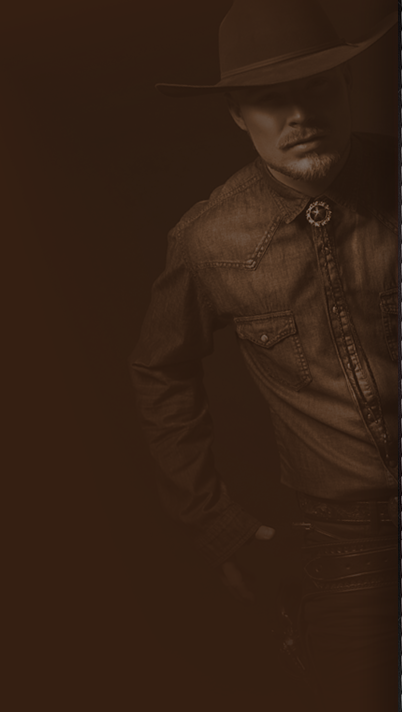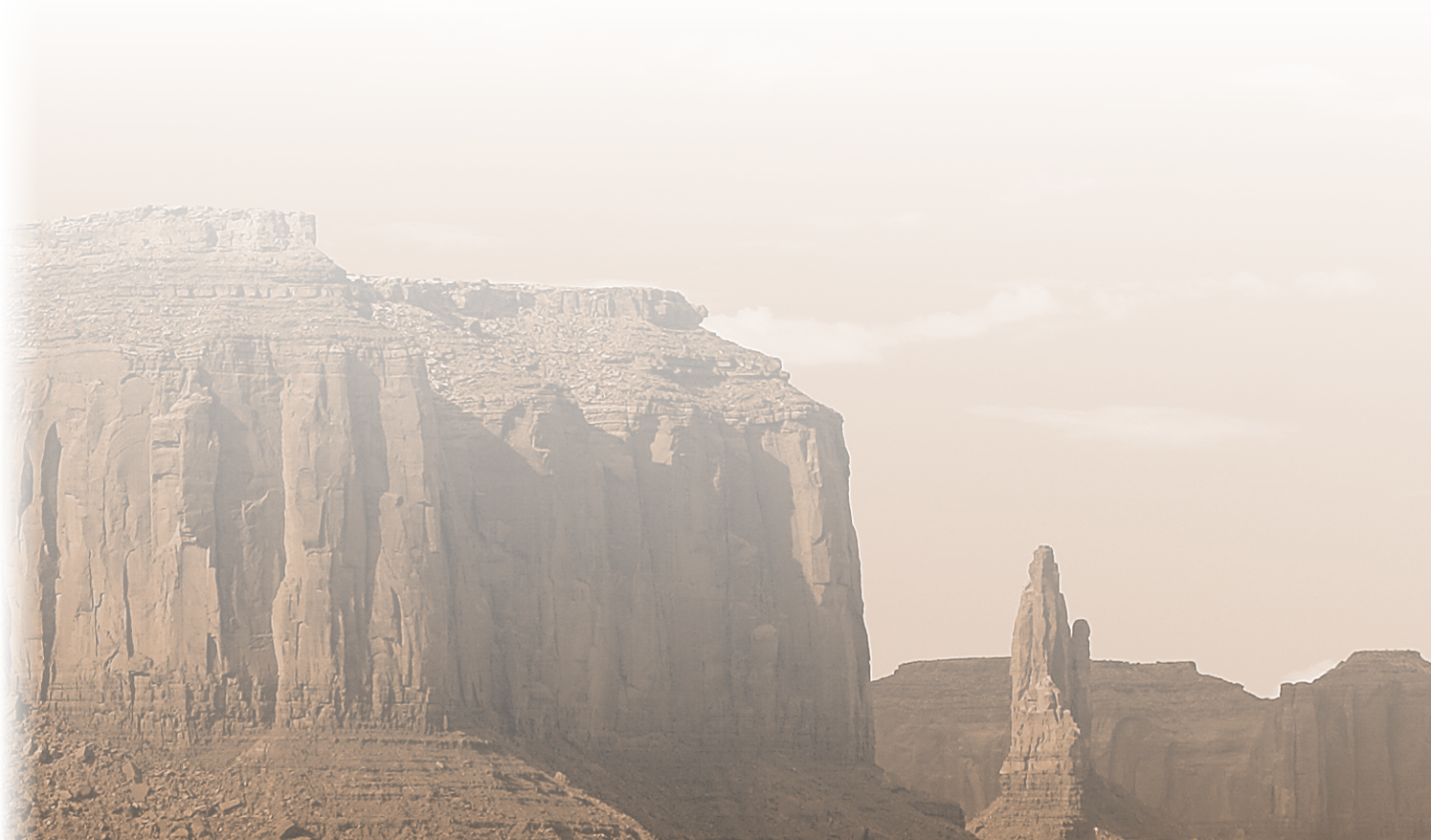Gun Accessories: Are They Necessary?
on 6th Nov 2020
When it comes to a handgun, be that a sidearm or primary carry, the two schools of thought say go bare or put everything you may need on it.
Before we look at the two schools of thought, a tip. Many say that a bare gun is best for inside the waistband (IWB) carry. The slimmer the gun's profile the more comfortable it is next to your abdomen. Despite this point of view we get numerous orders for IWB holsters for pistols with lights, lasers and red dot sights. They reportedly work well and customers find them to be comfortable.
BOTH SIDES
Open or iron sights are as basic as it gets in a handgun. If speed is the priority, then a bare gun leads the pack. "Open sights allow quick sighting. To aim, you center the top of the bead or post within the notch of the rear sight, and line up on the target," says Hunter-Ed.
At the same time, you keep a wider field of view. Think about law enforcement. Officers do not carry optics-equipped handguns as their main weapon. Using iron sights, they can keep the gun and whatever they are aiming at in view at all times. They are not distracted by trying to keep the target within the viewfinder of the optic.
The drawback to iron sights is the human eye. It can only focus on so much at once. If the target is 30 feet away, your eye will focus on the sights or the target. At close range and large targets, this is not a big deal. Distance and smaller targets make it a big deal.
Optics eliminate the focusing issue. "Optics, whether on pistols or rifles, eliminate the problem of trying to simultaneously focus on three things at different distances, i.e. the target, the front sight and the rear sight. The optic presents an in-focus dot (or crosshair in a scope) that you simply place on the intended target. Like many things designed to improve our lives, this is neither a magic all-encompassing solution, nor is it free. As always, its usefulness depends on being able to master it, and whether it works for us in our daily lifestyle," writes Dick Williams for the
NRA's Shooting Illustrated.
Another advantage to optics that laser sights share is helping older people find the target. As we age, our sight gets worse. Having advantages like a laser dot to put on the target sure makes things easier.
At the same time, optics require your attention to be through the lens.
LIGHT 'EM UP
A compact flashlight certainly helps you see what's going on. In a home defense situation, this is both good and bad. It's good because you can see. It is your house, yes, but when the power goes out at night, you find furniture with your shins and toes. An intruder has a worse time of it.
A light of any sort can be a deterrent. Light him up and the intruder may decide he has urgent business somewhere else and leaves as fast as he can.
If you hunt with a red laser, this is a minor issue since many animals cannot see red light.
Two big drawbacks to lasers and flashlights are:
1) It announces your presence and you have a gun. If you are using it for home defense, the perp suddenly knows you are armed. If the criminal sees the light and keeps coming, he knows you are armed and he is ready for that.
2) Power is the second drawback. A battery powers lasers, ruggedized miniature reflex (RMR) sights and red dot devices. Think back to the last time the power went off at your house at night. You grabbed a flashlight. Were the batteries still good? How long did the batteries last if you had juice in them? Batteries have to be replaced.
PRACTICE
No matter what you shoot,
practice is important.. Becky Yackley writing for Winchester has 101 practical drills for people who carry handguns with and without accessories.
Practice means getting familiar. You need to know how the gun works, how the ammo performs and how you handle the gun. Practice with the same stuff you use when you mean business. If you use accessories, practice with them. If you shoot bare gun, leave the attachments on the bench.
Joe Saxon, a noted handgun expert, says accessories change how the gun handles and feels in your hand. "Ammunition certainly makes a difference because of recoil. Accessories add weight and that changes recoil too. It also changes how you get a shooting picture. If you have plain iron sights, you are basically looking down the gun barrel. If you use an optic, you have to look through that," he said. "It changes your dynamic in handling your chosen weapon."
Other accessories like lights and lasers come with switches. You need to learn where those switches are and how much pressure it takes to activate them.
"Above all else, you need to train to be proficient and no matter what you invest in for your firearm, it's not going to make you a better shooter but routine practice will. The person who takes their bare bones gun to the range weekly or even monthly is far more dangerous than a person with a $2000 Glock that shoots twice a year. Warriors don't rely on equipment to succeed, they rely on a hard heart and a sharp mind paired with the endless pursuit of perfecting their craft," says Kurt T. at
SofRep.
ACCURACY
Someone always wants to know, which is more accurate:
• Iron sights
• Optics, lasers, etc.
The correct answer is neither. A gun's accuracy depends on the barrel, the ammo and the person pulling the trigger. Sights are merely an aiming guide and have nothing to do with the bullet's trajectory.
HOLSTERS
A key part of practice is learning how to draw the gun from a holster. Pulling a revolver from a plain leather OWB holster is not the same as drawing a semi-auto from a locking polymer holster. Neither of these are the same as pulling a pocket pistol from a holster that stays in the pants pocket or an IWB holster.
How you carry must be considered when looking at accessories. The simplest leather OWB holster or IWB holster holds the gun and that is it. Custom rigs, either IWB or OWB are designed to hold the gun and whatever accessories the shooter adds. Regardless of how you holster your gun, it needs to feel comfortable and easy-to-use.
THE LAST WORD
Saxon, a bare gun fan, says, "when a manufacturer builds a weapon he or she designs it to certain specs, almost none of those original specs, call for hanging things on around or near the weapon. The further you get from the original specs, the closer you are to meeting Mr. Murphy." Murphy's law says if something can go wrong, it will.
Over at
Sofrep, a writer using the nickname Garand Thumb says, "With the right amount of training, I believe that you'll find that when you have two shooters at the same level, the shooter with an optic will outshoot his optic-less counterpart. An optic allows for precise aiming, an open sight picture, and rapid follow-up shots. What really sets the optic equipped pistol apart is the ability to track moving targets during engagements. The red dot is far easier to aim and make precise, accountable shots in a dynamic non-permissive environment compared to normal iron sights on a pistol."
The question of attachments or not really comes down to the shooter. Here is the information. You decide what works best for you and you made the right decision.










